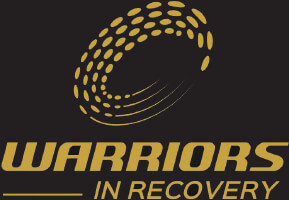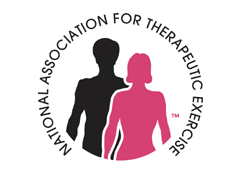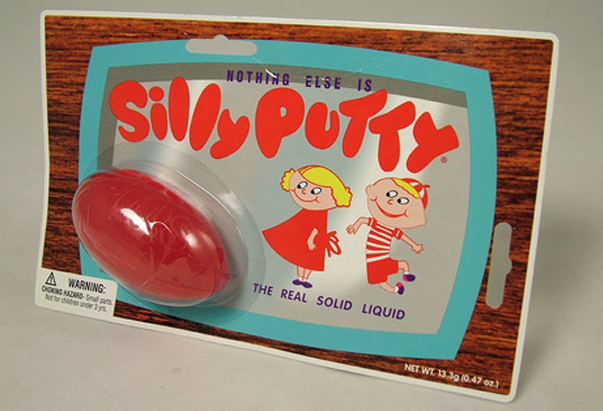
When I discuss with my clients why their backs, hips, knees or shoulders hurt, I often use the example of when Silly Putty (for those of us who remember this stuff) is accidentally left out of it’s “egg shell” shaped container overnight on the table. Admit it…if you are over the age of 40, you know what happens next. Thanks to gravity, you wake up to a flat pancake blob that has to be reshaped to fit inside its container.
It’s actually quite as simple when it comes to our bodies and gravity as we age. We don’t move enough and we don’t move in the varied ways we did as when we were kids. When we do move, we move in the same repetitive ways, never utilizing our full range of motion and RARELY requiring strength from our muscles. When we exercise, we tend to stimulate the same muscles in the same ways. Because certain muscles get strong and certain muscles get weak, we begin loose correct alignment and our bodies begin to flatten and compress.
Sure, there is a lot going on in our lives and we are “busy people” always trying to do more. It isn’t entirely our fault. I mean today’s world doesn’t exactly require us to move too much. Advances in technology have made it easier and easier for us to move less and less. The ergonomic movement seems to have contributed too. We don’t have to lean or stretch to reach anything these days. Now, I’m not knocking ergonomics as a whole. It does have its place in life. Used correctly, it saves many people every day in their workplaces from repetitive motion injuries.
I just want to point out that we don’t do all the physical things we used to do as a kid and that this loss of functional movement is the primary reason for many of our aches and pains. Despite what you might think, your low back pain is not the result of lifting that last box of holiday decorations in the garage, “but rather from cumulative viscoelatic creep due to lack of rest between loading cycles” (Erik Dalton).
Now take a moment, close your eyes and think of the ways you used to move when you were a kid. Remember when you used to swing upside down from Monkey Bars or swing across horizontally? What about playing Hop Scotch?
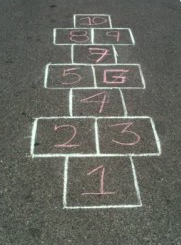
Playing Hop Scotch was one of my favorite games as a child and it proves one of my theories that what was fun and good for you as a child, still is good today. Hoping on one foot is one of the most complex movements the human body can perform. Technically its called homolateral movement. Games like Hop Scotch not only develop movement skills but are some of the foundations found in performance training. Things like:
- Neural Pathway Brain Development – Left and right brain way of thinking tasks
- Proprioception and Body Control – Don’t hop or step on a line!
- Starting and Stopping Rhythm – In order to be good at it, you gotta have rhythm
- Muscle Strength – Leaping on one foot takes a lot of strength
- Balance – Throw, stand, hop, hop, bend, pick up, straighten up, leap, jump, hop, hop, land turn…Need I say more?
- Eye Hand Coordination and Fine Motor Control – Pitch that pebble in the right box or you loose your turn!
- Sequencing & Strategy – Prioritizing the game plan
- Discipline & Tenacity – Human drive to succeed and win incentivizes you to try harder
Hanging upside down and swinging on monkey bars decompresses our spines and joints. Its that simple. Now, we just need to get moving again and remember a few things. Those who move tend to keep moving. Those who move less and less tend to come to a stop. Those who move in varied ways retain the ability to move in varied ways.
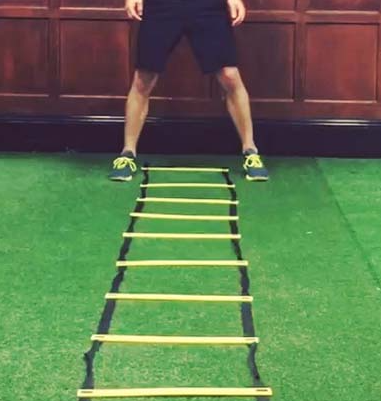
Okay, I think I’m going to go pull out my ladder now and work on a few skills!
Cheers, DROCK

